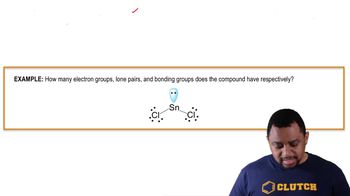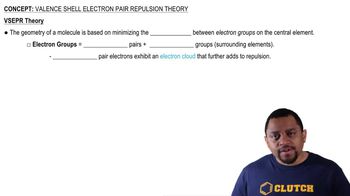Multiple Choice
Which term can best describe the electron shown in the following image?
 Verified step by step guidance
Verified step by step guidance Verified video answer for a similar problem:
Verified video answer for a similar problem:



 1:06m
1:06mMaster Electronic Structure Concept 1 with a bite sized video explanation from Jules
Start learning